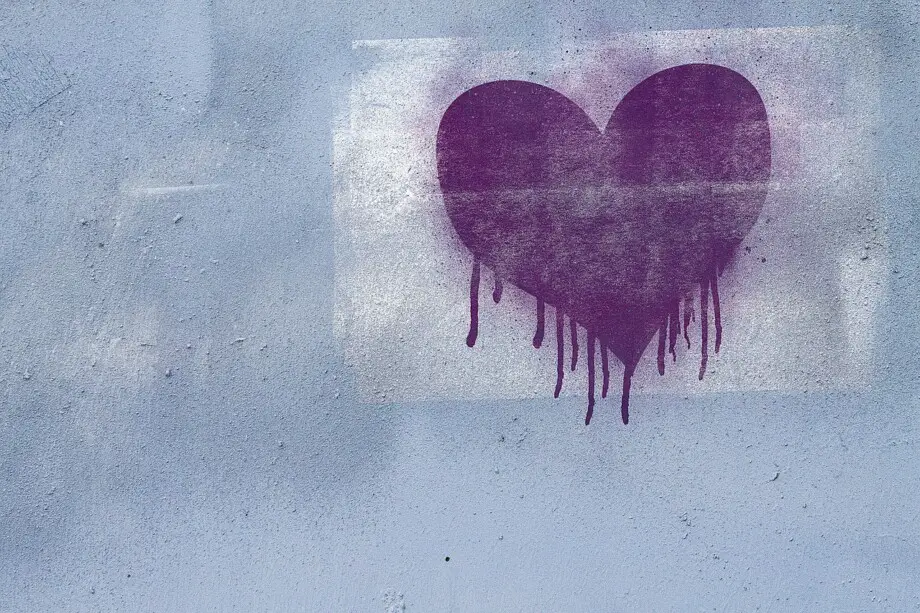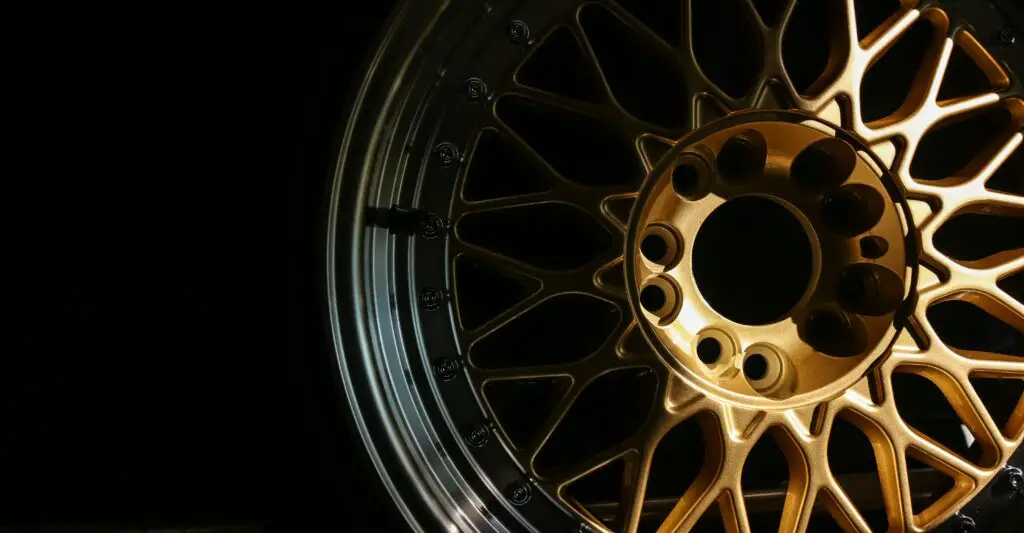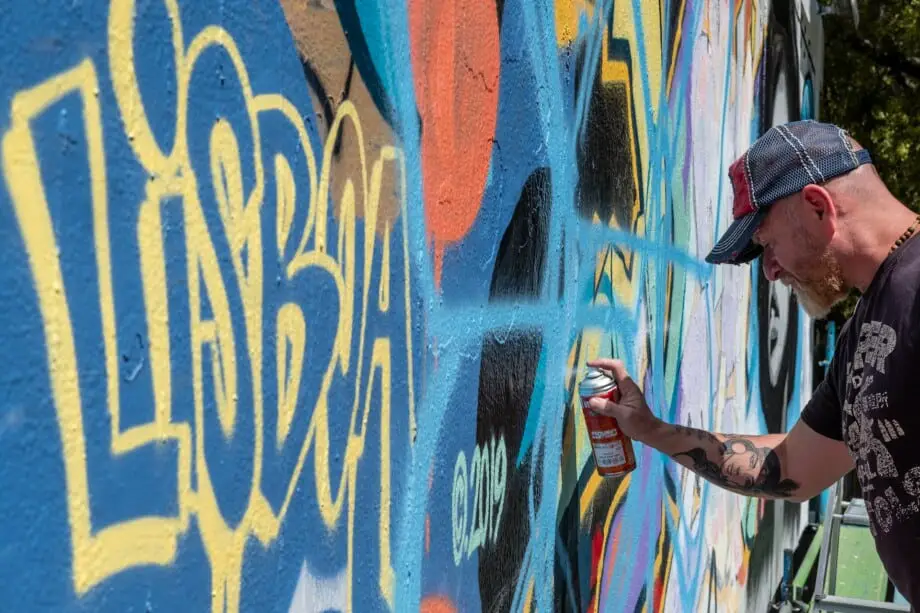There are so many different types of spray paints that deciding how long you should wait until the surface is ready for the next layer of color can be pretty perplexing. With my help, you will know precisely how long spray paint takes to dry, considering the type of paint and the surface it is used on.
Individual spray paints dry at different times; for example, water-based paints usually take 30- 60 minutes to become touch dry, while oil-based spray paints can sometimes take up to 24 hours to fully dry. Curing can go upto as much as a week. The duration also varies with the type of paint used and the surface it is applied to.
Before you start a spray paint DIY project, make sure to know the type of paint you’re using, whether it’s oil-based, water-based, acrylic, enamel, or latex. Also, learning how porous your surface is will help you determine how long the paint will take to dry. Let’s take a look at what we need to know.
What Is The Difference Between Drying and Curing Time?
If you are a spray paint DIY regular, you may have experienced that after painting a surface, it feels dry to the touch, but it still registers signs of wear. This is especially true with fast-drying spray paints. Since they become dry in a matter of minutes, you feel a false sense of security that the object is good to use.
However, there’s a difference between dry time and cure time. While your paint may feel dry when you touch it, the surface remains vulnerable to damage until it is fully cured.
This will help you understand the four stages to spray paint’s drying process:
| Surface Dry | Paint’s solvent evaporates, but it feels sticky to the touch. |
| Touch Dry | The paint feels dry when you touch it. |
| Hard Dry | The top layer of the paint, hardens but still takes fingerprints. |
| Fully Cured | The surface is completely dry, and the object is ready for use. |
Different types of spray paint dry and cure at different times. For example, oil-based paint takes the longest to dry. Its surface dries in thirty minutes, but the paint doesn’t dry to the touch for approximately 8 hours. And you should wait for 24 hours before applying the second coat. In contrast, acrylic spray paint needs 10- 30 minutes to become surface dry and 8 hours to fully cure.
If you’re wondering when to apply the second coat of spray paint, you should wait until the previous layer is touch dry before adding the next coat. You don’t need to wait for it to cure completely.

How Long Does It Take Different Spray Paints To Dry?
Spray paints usually take a few hours to dry completely, after which you can apply the next coat. If you’re using fast-drying spray paint like the Rustoleum 2x coverage, you can expect it to dry within 20 minutes, depending on the surface. Knowing how long your spray paint will take to dry helps you apply multiple coats without saturating the surface and causing the paint to crack or peel.
The formula of the paint is only one deciding factor, the surface, temperature, humidity- everything plays an important role in how quickly the paint dries. If you want to know how to reduce spray paint’s drying time, you can read this article.
The following details will help you decide how long you should wait between coats.
Enamel Spray Paint
Enamel spray paints have a hard, glossy, and opaque finish. They are available in two variants: water-based and oil-based, and each has a different drying time.
Water-based enamel spray paints touch dry within an hour, while oil-based paints need almost eight hours to reach the same dryness level. Also, oil-based enamel paint takes about 24 hours to dry enough for a second coat.
Some fast-drying enamel paints, like the Rust-Oleum Professional High Performance Spray Paint, take 15 minutes to dry and can be reapplied within an hour. Temperature and humidity significantly affect drying time, so make sure to pick days with ideal weather conditions to start your spray paint project.
Acrylic Spray Paint
Acrylic spray paints are water-based and non-toxic. Since they have a quick drying time, they are widely used in the arts and crafts industry for painting various surfaces like plastic, glass, canvas, wood, paper, etc.
It takes around 10- 20 minutes to become dry to the touch but can take almost an hour to fully dry for applying a second coat.
Lacquer Spray Paint
Lacquer spray paint offers a protective, durable and hard finish that is scratch-resistant. While it gives excellent results on most surfaces like wood, metal, plaster, etc., users avoid it because it requires multiple layers of paint to achieve good coverage.
The paint requires three hours to dry but around 48 hours to cure enough for the next coat. Water-based lacquer paints are more popular because their drying time is less, and you only need to wait around three hours to apply the second coat.
Epoxy Spray Paint
Epoxy paint is perfect for a durable, water-proof coating that resists household stains and grease. It can be applied to various surfaces like wood and concrete as it easily weathers up to cleaning materials.
Epoxy spray paint dries very quickly– in around five minutes, your surface becomes dry to the touch. The paint requires approximately an hour to cure so you can apply the next coat. Some fast-drying epoxy spray paints like the Rust-Oleum Appliance Epoxy only need a 30-minute cure time between coats.
Oil-based Spray Paint
Oil-based is a popular choice among DIY enthusiasts because it provides excellent coverage and is highly resistant to chipping and corrosion. In addition, this paint is very versatile, so you can use it on various surfaces, including terra cotta, plastic, metal, wood, ceramics, laminate, etc.
It takes eight hours to dry to the touch, but you must wait for around 24 hours to let it cure enough for another coat.
Polyurethanes Spray Paint
Polyurethanes are a preferred finish in wood working. It effectively protects surfaces from water, spills, and fading due to excess sunlight exposure. This paint is available in oil and water-based options, both of which deliver a solid surface finish.
Water-based Polyurethane spray paint becomes dry to the touch in about one to two hours, whereas oil-based paint takes five to twelve hours to dry. It takes about 24 hours to become properly cured before applying the second coat of paint.
How Different Surfaces Affect Spray Paint Drying Time
Regardless of the spray paint you use, your project’s surface influences its drying time. Some materials may be porous or more prone to damage from paint than others; therefore, you need to treat them accordingly.
Here are a few common materials usually used in DIYs and the time they take to dry.
Metal
Metal is a flat, non-porous surface that is easy to color using spray paints. If you choose ideal weather conditions to start a metal painting project, you can expect it to dry within ten minutes.
Plastic
Another favorite among DIY enthusiasts, plastic is one of the easiest materials to paint on. It takes around 30 minutes to become dry to the touch, but you should wait for at least 3 hours before reapplying a coat.
Wood
Spray painting on wood is a quick way to spruce up wooden furniture and objects- especially with the wide range of paints available; you can create something unique in no time.
Since wood is a porous surface, its drying time is about one hour, but you should wait for 24 hours to allow it to cure completely.
Cardboard
Cardboard is a soft material that’s vulnerable to accidental damage. Luckily, it has a fast drying time of 15 minutes if you’re working in a well-ventilated space.
Glass
Painting glass is tricky because if you’re not careful enough, you can easily end up with a runny, dripping, or steaky surface. Spray paint needs around 24 hours to dry on glass surfaces completely, but you can apply a second coat of paint in 15 minutes.
Rubber
Rubber is a highly-porous material which means it requires more drying time. You need to wait 30 minutes before applying another layer of paint, but if you want the surface to become fully dry, it would require 24 hours to get to that stage.
Fabric
If you’re using fabric spray paint, you can expect it to become dry to the touch within an hour and safe to handle in another. However, it requires 24 hours to dry completely, and you should avoid washing it for at least 72 hours.
FAQs
How can I make spray paint dry faster?
If you want to make spray paint dry faster, apply thin coats and work in a well-ventilated area. You can also alter the temperature, humidity, and airflow around your project to speed up its drying time. You are most welcome to read in detail about it too.
Does spray paint dry faster with heat?
A warmer temperature is ideal for spray painting projects, and increasing the heat helps reduce the drying time of most spray paints.
Why is my spray paint not drying?
A common reason spray paint remains sticky and tacky is thick paint application. It can also be caused by extremely humid, cold, or hot weather.
Conclusion
DIYs might seem simple at first, but if you don’t research and plan ahead, the results can be way below your expectations. A good paint application is crucial if you want perfect coverage without streaks and drips, and knowing how long to wait between paint coats is a stepping stone toward a flawless spray paint project.




